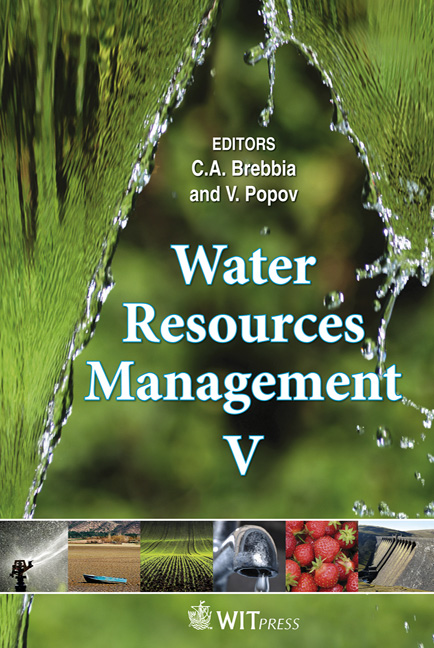Siret River Basin Planning (Romania) And The Role Of Wetlands In Diminishing The Floods
Price
Free (open access)
Transaction
Volume
125
Pages
15
Page Range
439 - 453
Published
2009
Size
1,028 kb
Paper DOI
10.2495/WRM090391
Copyright
WIT Press
Author(s)
G. Romanescu
Abstract
The Siret river flows from the wooded Carpathians (Ukraine) and on the Romanian territory it has a length of 559km, from its entrance into the country till its mouth into the Danube. Practically, it is the river basin with the highest hydro-energetic potential and with the greatest fresh water supply in Romania. The total theoretical water resource in the Siret river space represents 6,868 million m3/year, which is above the average for Romania. In order to ensure the water sources for different use and to diminish the high floods which are more numerous and stronger, 31 accumulations have been built, with a volume exceeding 1,206.12 mln.m3. In 2005 the Siret recorded a historical flow with values between 5,000-5,500 m3/s, representing the highest flow on the interior rivers in Romania. Unfortunately, in the last 50 years, a great part of the large wetlands in this river basin have been drained, changing their destination and therefore, changing their role in diminishing floods, in recharging the aquifers and in representing a habitat for different species. In order to protect the human settlements in different regions, 570.2 km of rivers undertook regulation actions and 357.7 km of dams were built. Due to the torrential character of most of the rivers in the Siret basin, water consumption appeared and developed from simple water use to the great complex accumulations. In reality, the great reservoirs and the preserved wetlands along the main course or along other tributaries have diminished a part of the high floods produced in the last years. Keywords: hydro-technical facilities, river basin, floods, wetlands.
Keywords
hydro-technical facilities, river basin, floods, wetlands





